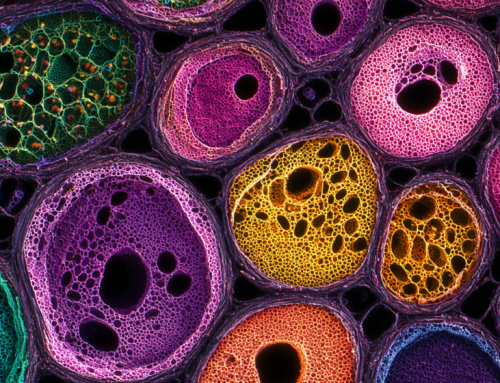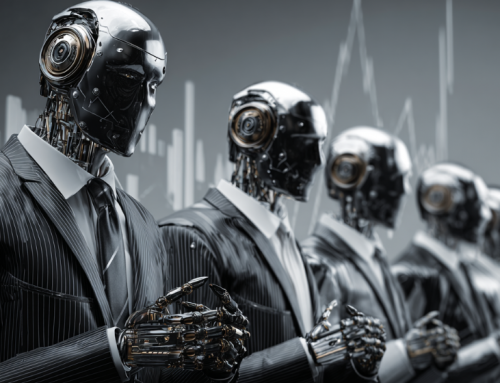
“That kind of stuff is really cool. So it isn’t so much that we’re eliminating jobs, we’re eliminating the waste.”
The quote above is from Rob Kirkbride, a reporter who wrote about the manufacturing company Steelcase for two decades. He was talking about what it meant to a young man’s future years ago, being hired at the Steelcase company out of Grand Rapids Michigan. It was part of a conversation he was having with two long-time workers at that plant regarding AI and robotics being introduced as part of the current and future state of manufacturing job markets.
As technology makes work faster, more efficient and more environmentally sound, the products are being created with far fewer workers.
That doesn’t have to mean it’s the end of the line for human workers, however. Used in conjunction with skilled labor, AI and robotics can and will increase production and even create more jobs in some areas and on some levels.
Manufacturing jobs now account for less than 10 percent of the American workforce. But many industry execs believe robotics can bring that number up, but in different parts of the factory or plant, other than the assembly line.
Last year, for the first time in decades, the number of Americans employed in manufacturing increased—more jobs returned or were created than left—and automation-enabled “re-shoring” is a big reason for that.








Leave A Comment